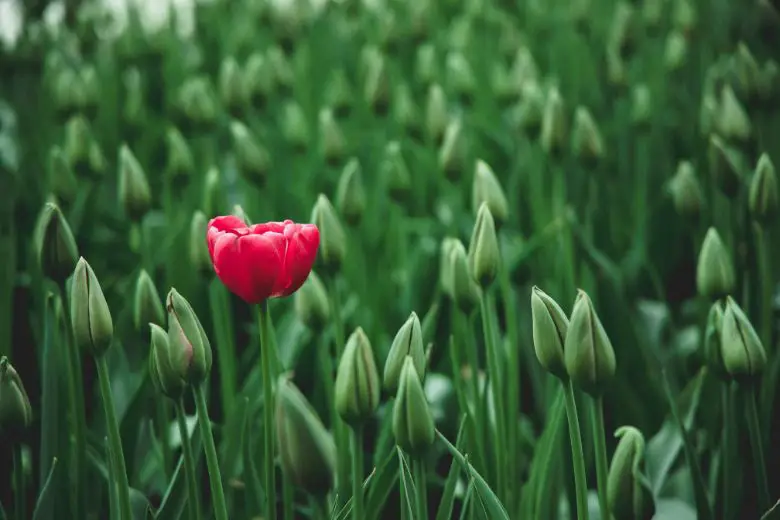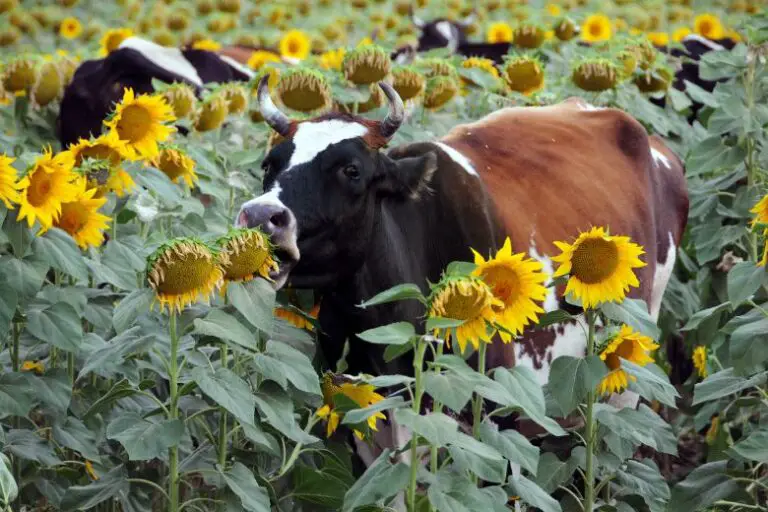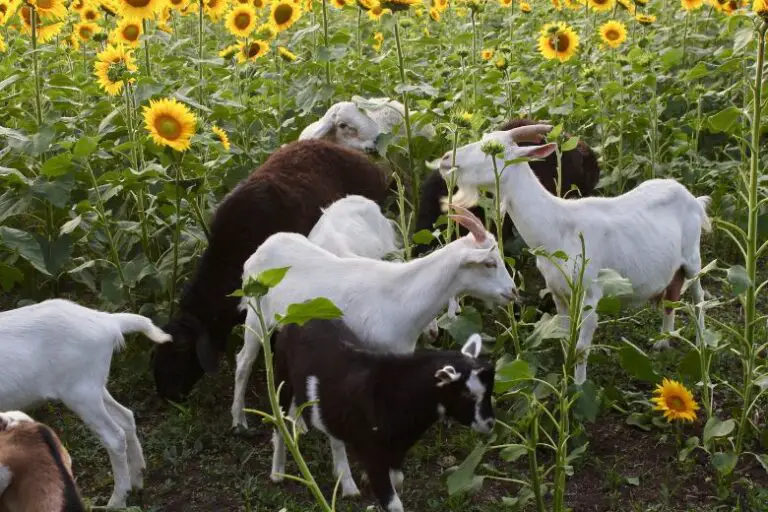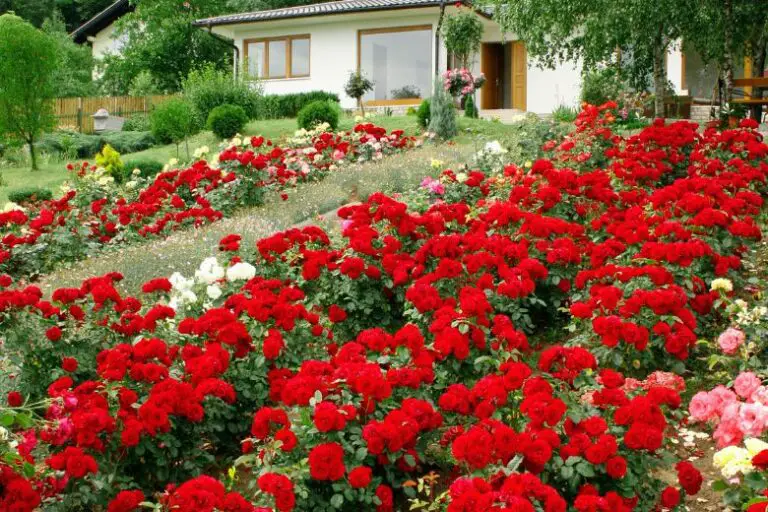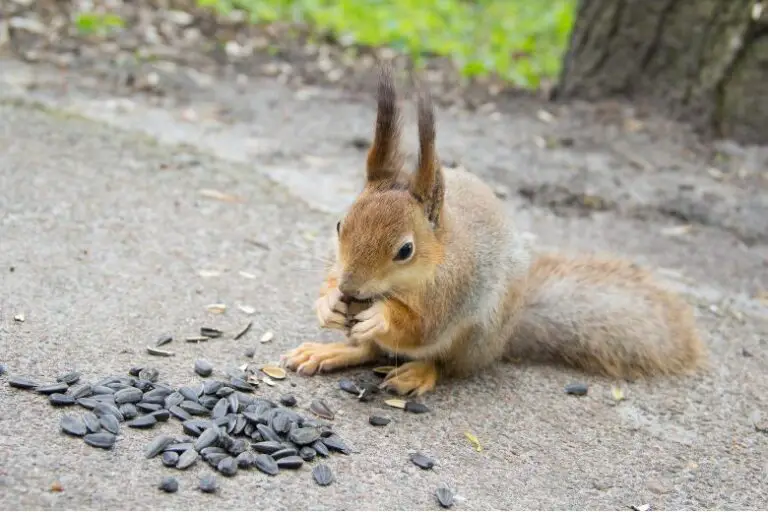Tulip Flowers: A Complete Guide to Varieties, Cultivation, and Symbolism
Tulip flowers, with their vibrant colors and elegant shapes, have captivated people for centuries. Originally hailing from Turkey and Persia,
these beautiful blooms have become a symbol of various emotions and hold significant cultural importance. In this comprehensive guide,
we will explore the fascinating world of tulip flowers, covering their history, varieties, cultivation techniques, and the symbolism they carry.
The History and Origin of Tulip Flowers
Tulips have an intriguing history that dates back to the 10th century. Originating in the Ottoman Empire, they were first cultivated in Turkey and later gained popularity in Persia. During the 16th century, tulips made their way to Europe and became a symbol of wealth and luxury. The Dutch Golden Age saw the famous “Tulip Mania,” where the demand for tulip bulbs reached extraordinary heights.
Varieties of Tulip Flowers
Tulips come in a wide array of varieties, each with its own unique characteristics and charm. Let’s explore some of the most popular types:
Single Early Tulips
These are the earliest blooming tulips and are known for their simple, cup-shaped flowers in various colors, including red, yellow, pink, and white.
Triumph Tulips
Triumph tulips are a hybrid of single early and Darwin tulips, boasting a perfect blend of sturdy stems and striking hues.
Darwin Hybrid Tulips
Known for their large, vibrant flowers, Darwin hybrid tulips are a favorite among gardeners for their durability and impressive color range.
Parrot Tulips
With their feathery and fringed petals, parrot tulips are a sight to behold. They come in stunning bi-color combinations and add an exotic touch to any garden.
Double Late Tulips
Double late tulips have full, peony-like flowers that create a lavish and luxurious appearance in the garden.
Fosteriana Tulips
Fosteriana tulips, also called Emperor tulips, have large flowers with unique color patterns and a slightly pointed shape.
Kaufmanniana Tulips
These early-blooming tulips have waterlily-like flowers and feature vibrant colors with striking accents.
Lily-Flowering Tulips
Lily-flowering tulips are known for their graceful, slender blooms that resemble the elegance of lilies.
Greigii Tulips
Greigii tulips have bold, striped leaves and come in various colors, adding a touch of drama to any garden.
Species Tulips
Species tulips are the wild ancestors of cultivated tulips, known for their natural beauty and charming simplicity.
Cultivation of Tulip Flowers
Growing tulips can be a rewarding experience if you provide them with the right care. Here are the essential steps for successful tulip cultivation:
Choosing the Right Location
Tulips thrive in areas with full sun or light shade. Ensure they get at least 6 hours of sunlight daily.
Soil Preparation
Well-draining soil is crucial for tulips. Add compost and organic matter to improve soil structure.
Planting Tulip Bulbs
Plant tulip bulbs in the fall, before the first frost. Follow the recommended planting depth and spacing for the specific variety.
Watering and Maintenance
Keep the soil evenly moist during the growing season. Mulch can help retain moisture and regulate temperature.
Dealing with Pests and Diseases
Watch out for common pests like aphids and rodents, and be prepared to address issues promptly. Proper sanitation can help prevent diseases.
Tips for Prolonged Blooming
To enjoy tulip blooms for longer, remove the flower heads once they fade, but allow the foliage to wither naturally.
The Symbolism of Tulip Flowers
Tulips hold various symbolic meanings that have evolved over time and across different cultures:
Love and Romance
Tulips, especially red ones, are often associated with passionate love and deep affection.
Royalty and Wealth
In the past, tulips symbolized luxury and prosperity, making them a favorite among royalty and the wealthy.
Renewal and Spring
As one of the first flowers to bloom in spring, tulips represent renewal and the arrival of warmer days.
Gratitude and Appreciation
Yellow tulips, in particular, convey feelings of gratitude and appreciation.
Fun Facts about Tulip Flowers
Tulip Mania
During the Dutch Golden Age, tulip bulbs became so valuable that they were used as a form of currency, leading to a speculative bubble known as “Tulip Mania.”
The Black Tulip
The quest for a truly black tulip captivated people’s imaginations and inspired Alexandre Dumas’ novel “The Black Tulip.”
Tulip Festivals Around the World
Tulip festivals, such as the famous one in Keukenhof, Netherlands, attract millions of visitors each year to admire these stunning flowers.
Conclusion
Tulip flowers are not only visually captivating but also carry rich historical and cultural significance. From their origins in the Ottoman Empire to the extravagant Tulip Mania in the Netherlands, these blooms have a fascinating story to tell.
With their various varieties and symbolic meanings, tulips continue to be a beloved choice for gardens and floral arrangements worldwide.

